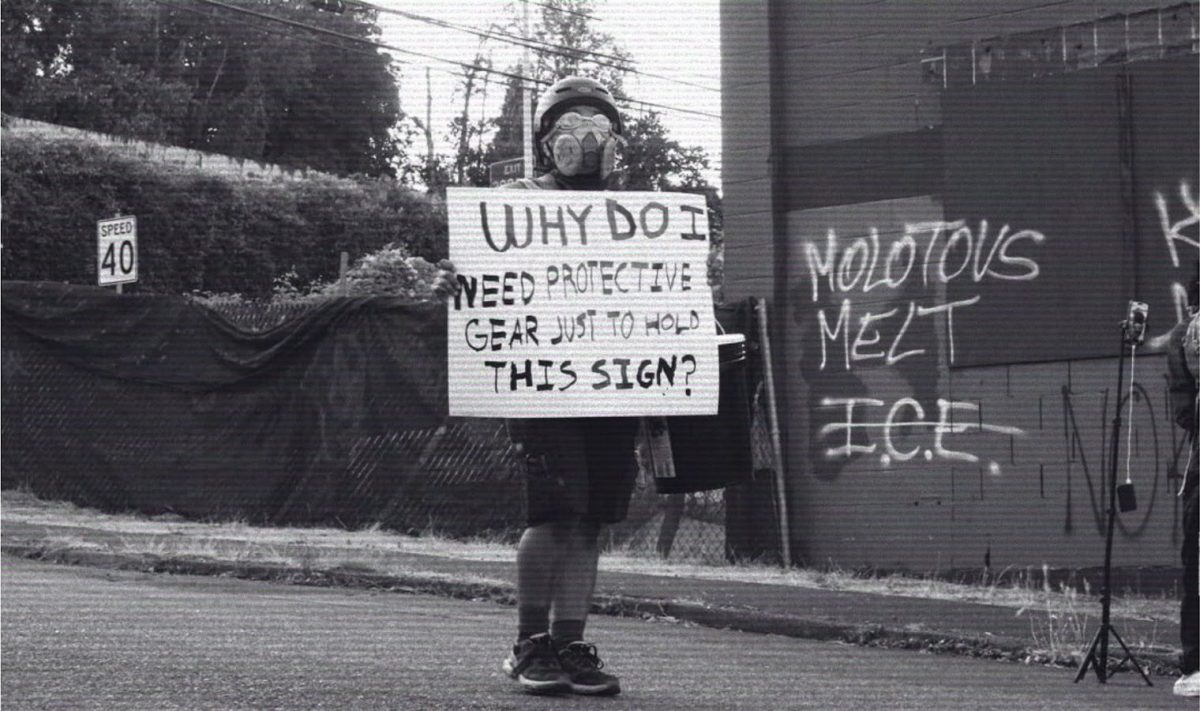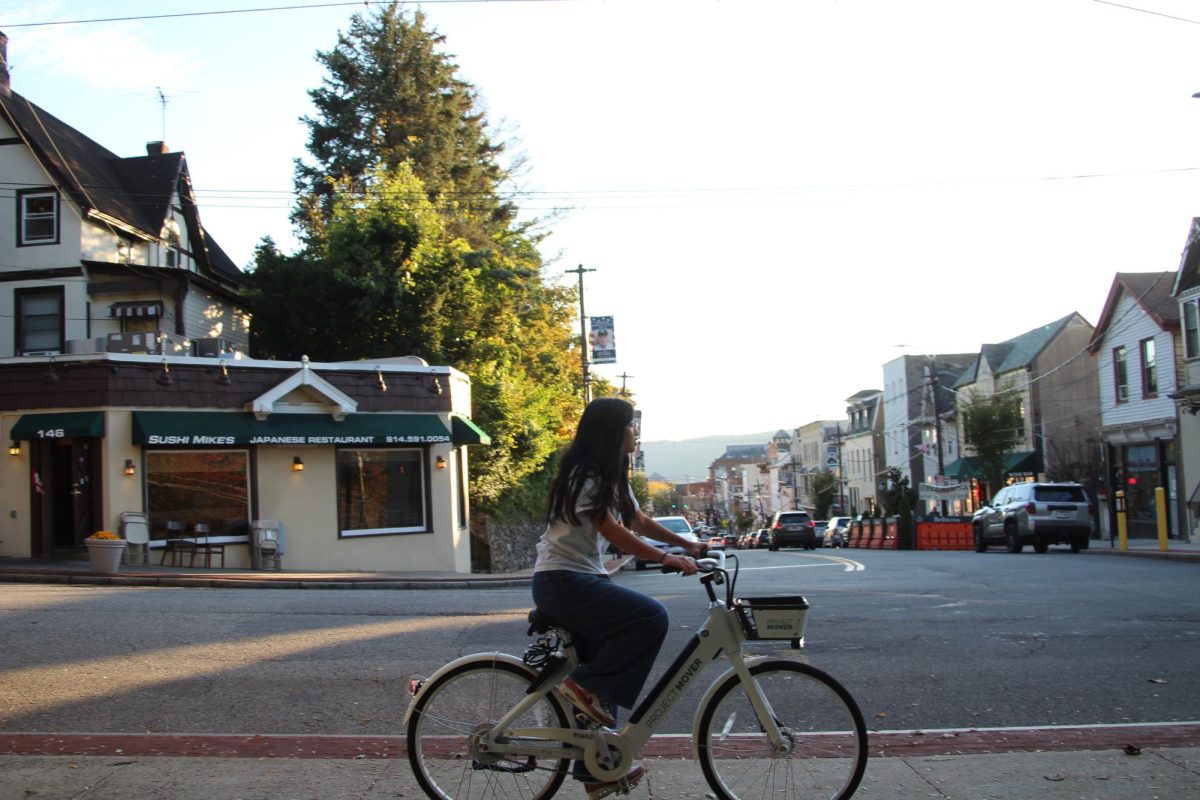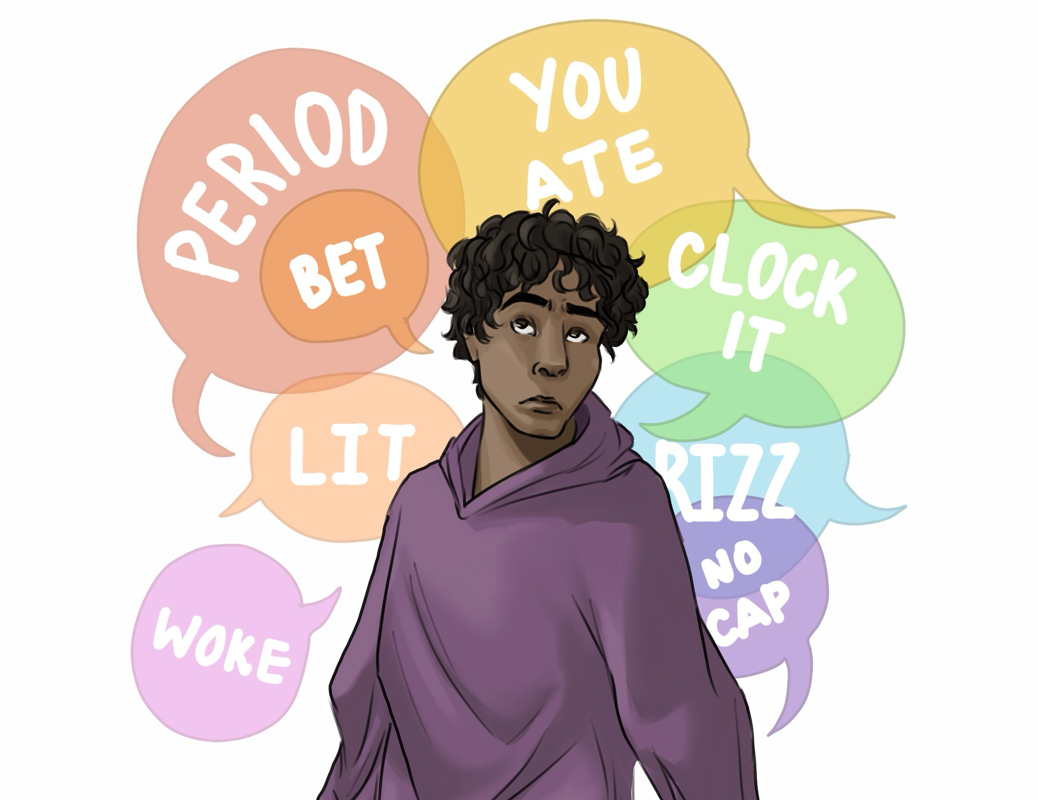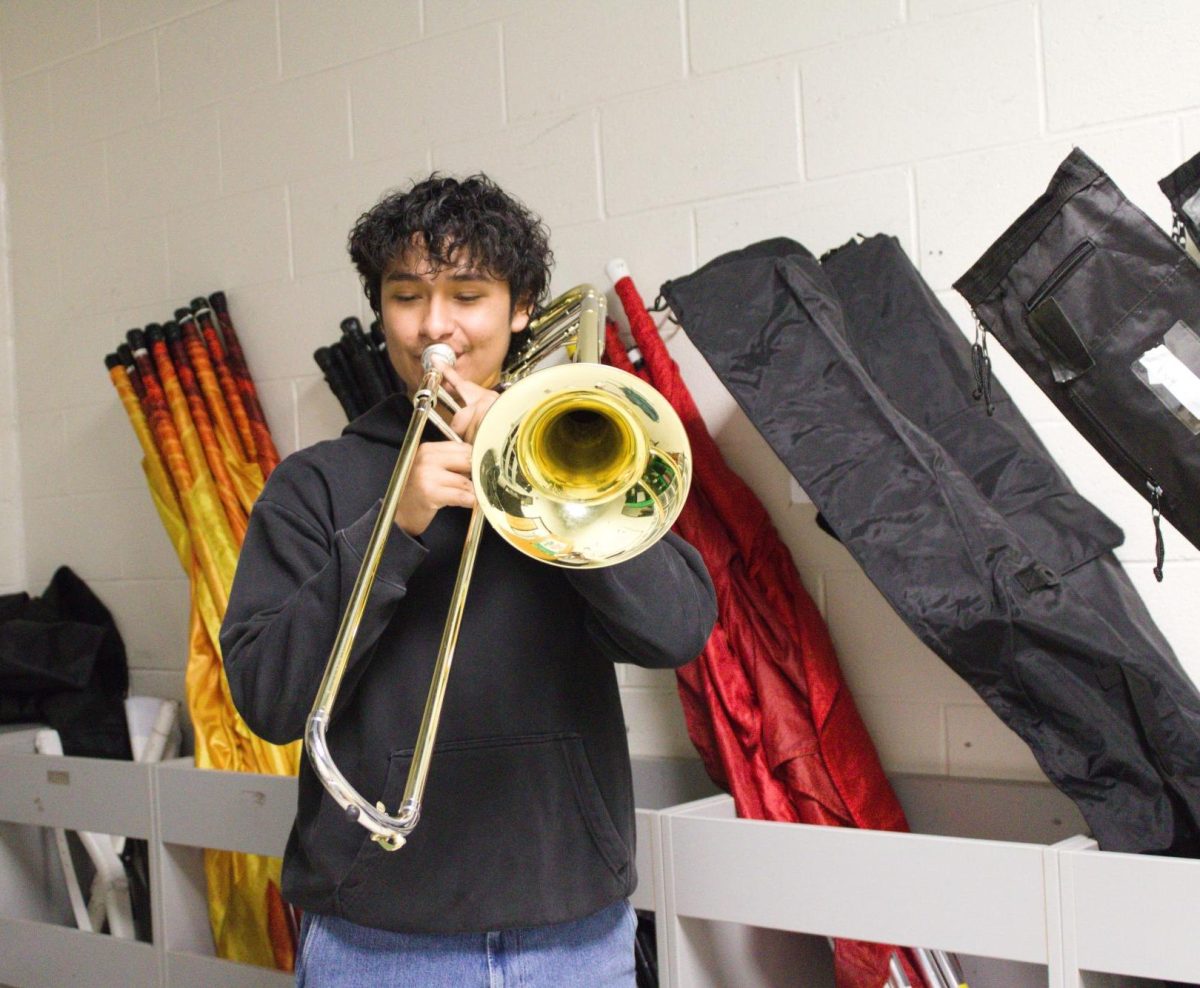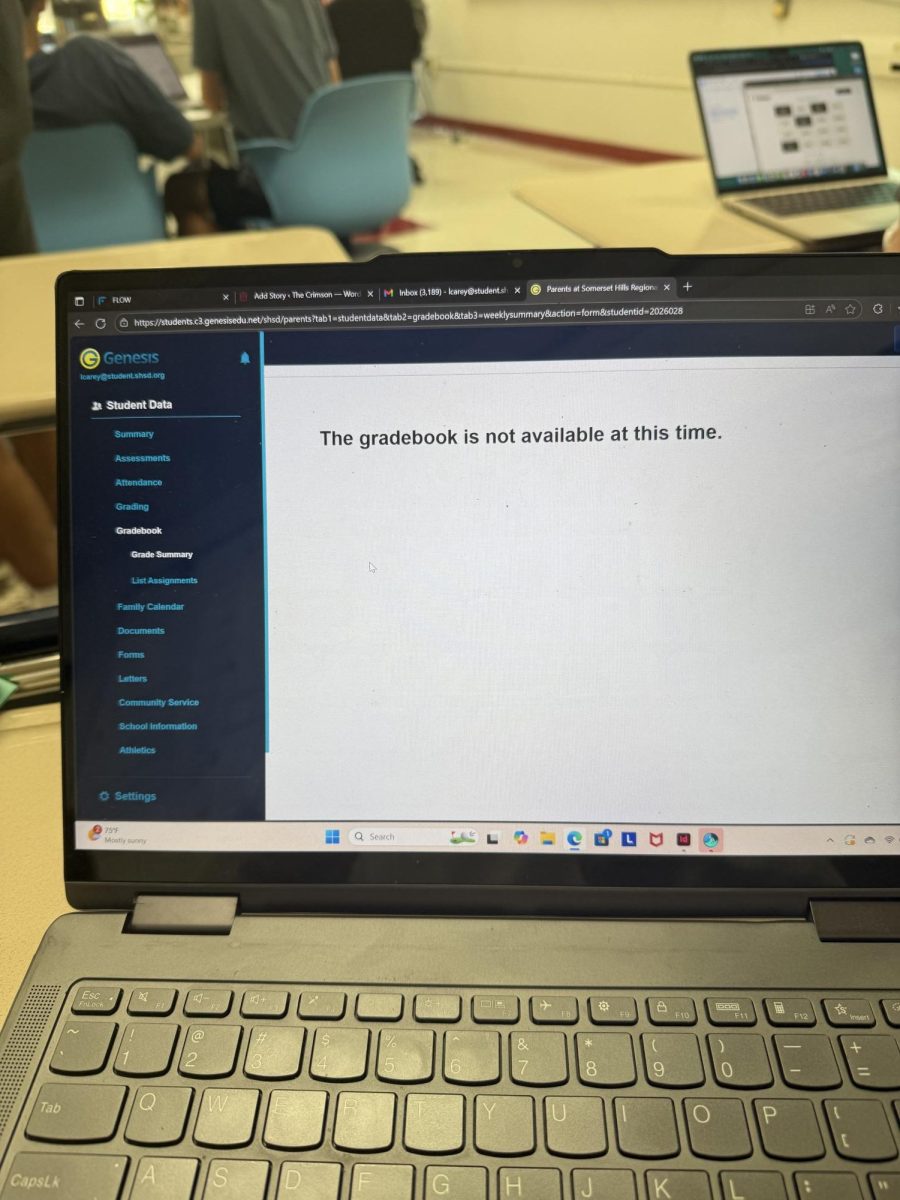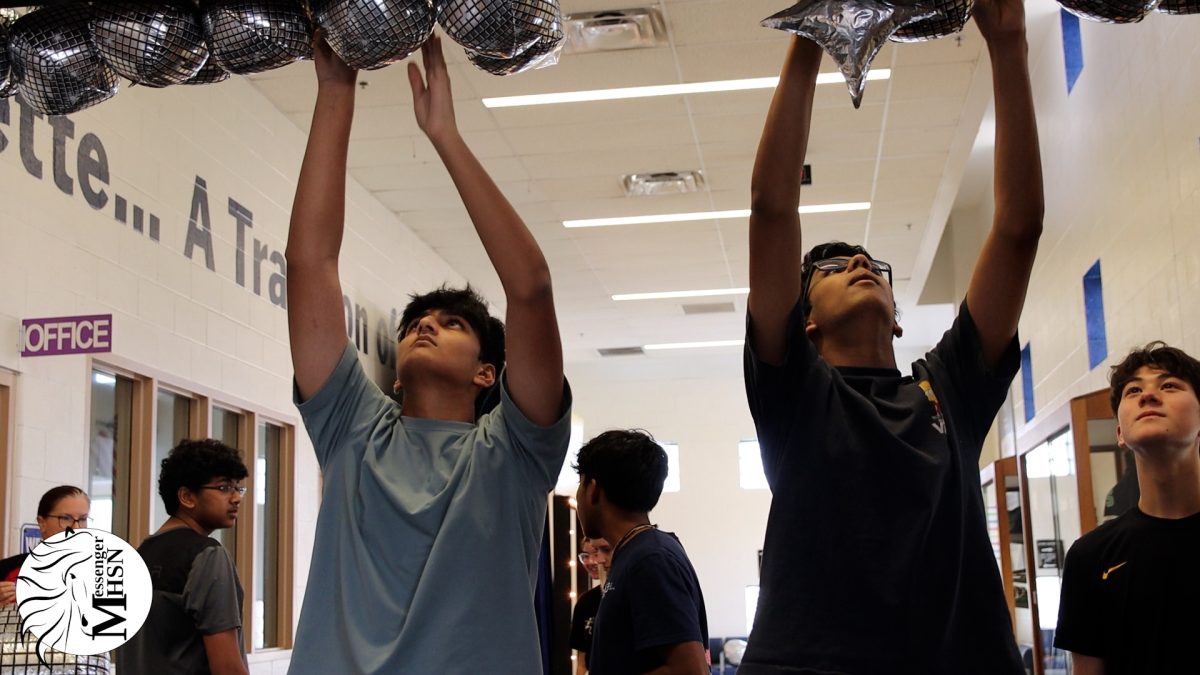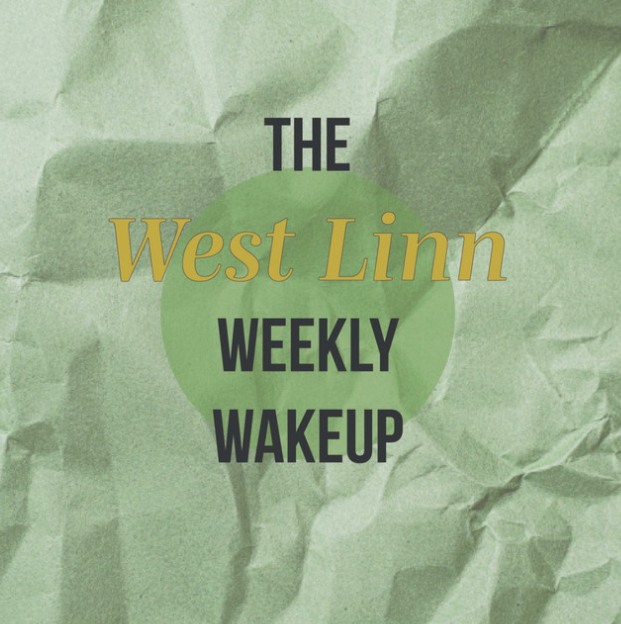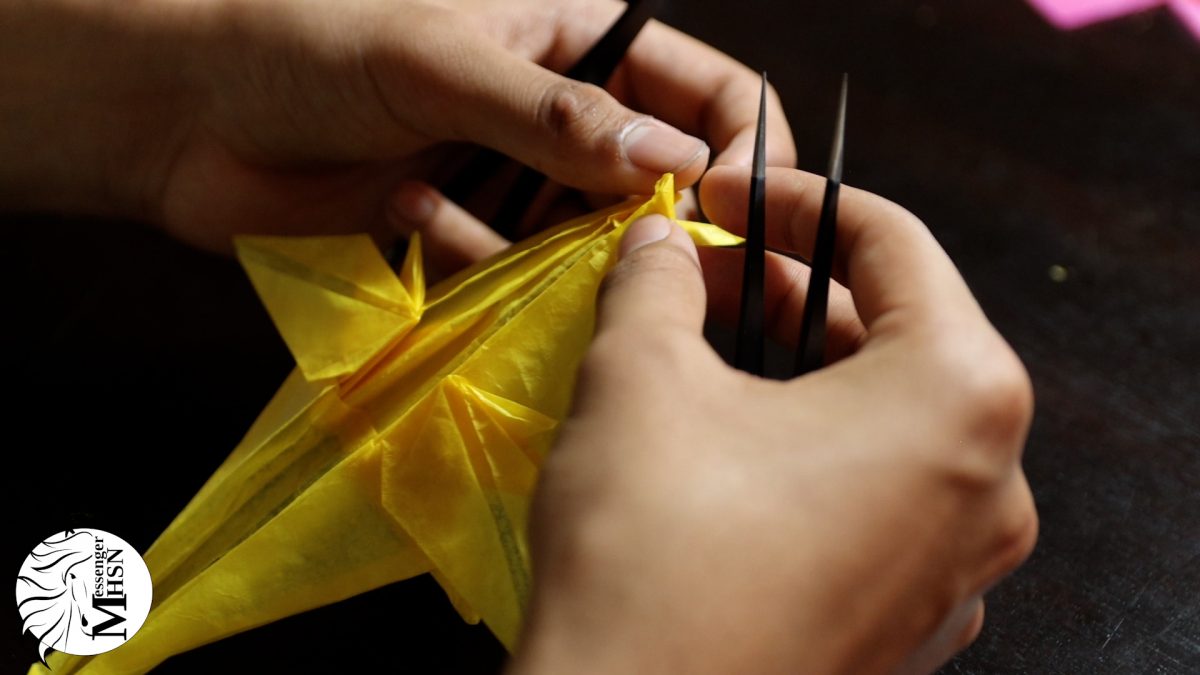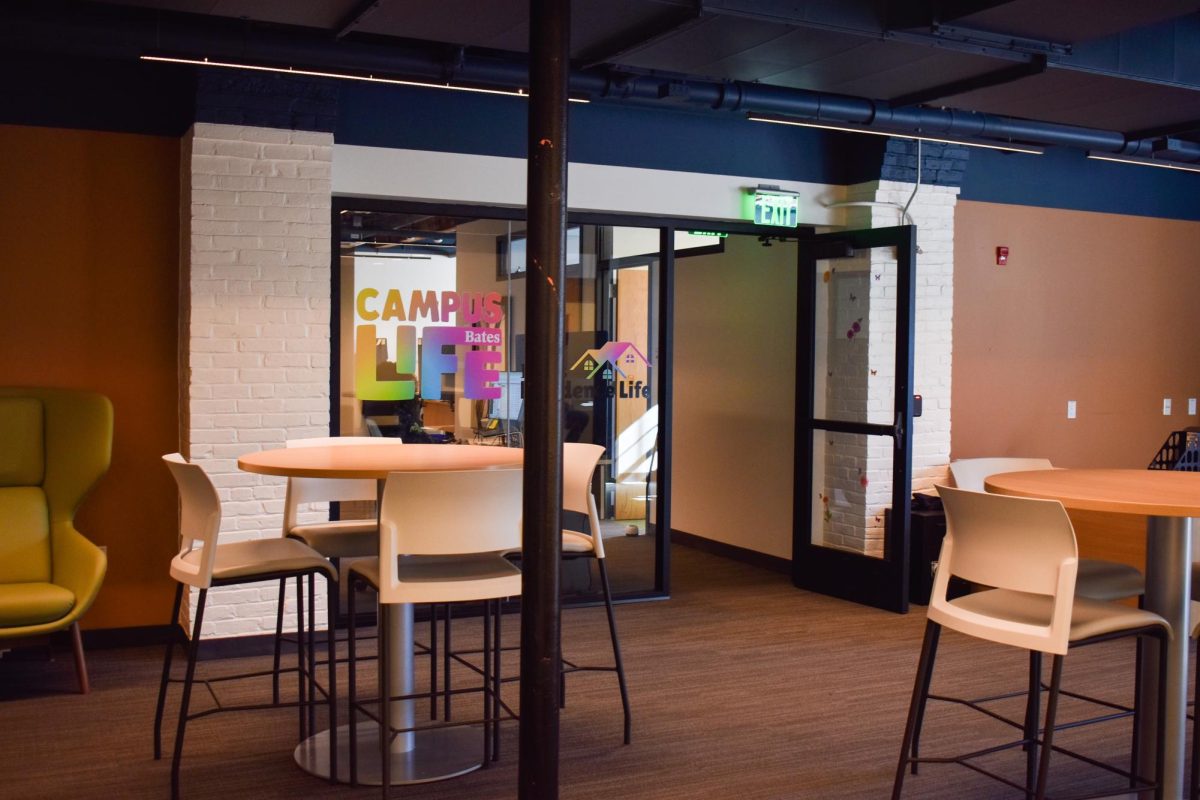Minnesota’s first state-licensed cannabis dispensaries opened this fall — two years after lawmakers legalized recreational use.
While tribal-owned dispensaries have operated since 2023, this development marks the first time non-tribal stores are serving recreational-use customers under state law.
A long-awaited launch
Dominic O’Brien, chief commercial officer at Green Thumb Industries, which owns RISE Dispensaries, has worked in the cannabis industry for six years and says the moment has been a long time coming.
“It’s been a wonderful past several weeks,” O’Brien says. “The demand has increased significantly.”
RISE dispensaries have eight locations. Currently, seven out of the eight are open for adult-use, or recreational sales, with the St. Cloud site awaiting township approval.
Before the adult-use launch, RISE operated strictly as a medical cannabis provider. Transitioning to a broader customer base has meant a massive operational shift.
“We basically had several months to prepare folks for what was coming, and morale has been very high,” O’Brien says. “We’ve hired hundreds of employees, expanded production facilities and upgraded our retail spaces to handle demand.”
A regulatory jungle
Despite cannabis being legal to use and sell since August 2023, state-licensed dispensaries began opening only recently. Colin Planalp, a senior Research Fellow at the Cannabis Research Center at the University of Minnesota’s School of Public Health, said the delay is largely caused by bureaucracy.
“The Office of Cannabis Management needed the time to set up its structures and regulatory systems, to license and allow these dispensaries to open with oversight, and that’s what we saw happen this year,” Planalp said.
O’Brien also said the state’s regulatory framework still creates challenges, despite Green Thumb Industries’ expanding sales. He said he estimates recreational cannabis now accounts for roughly two-thirds of all use, compared to one-third medical.
Meanwhile, state laws only allow dispensaries to sell one-third adult-use and two-thirds medical.
“The state has tied our hands and limited the amount of adult-use products we have available to sell to others,” O’Brien said.
Adult-use products must be tracked separately from medical cannabis, creating both inventory and consumer navigation challenges, according to O’Brien.
“Navigating that has been a little bit of a pain point for the consumers and the team,” O’Brien said.
A Minnesota company through and through
O’Brien said he is proud of RISE’s role in boosting the local economy and believes the expansion of sales benefits the whole state.
“We’ve invested tens of millions of dollars to open new stores, move into bigger locations, and upgrade technology so consumers can get in and out faster,” O’Brien said. “We’ve also expanded our grow facility and hired hundreds more people. All that money we’ve spent, on new stores, construction, new capabilities, that’s gone right back into the Minnesota economy.”
The company’s focus on Minnesota is not entirely by choice. Federal law prohibits cannabis from crossing state lines, requiring dispensaries to grow and process their products within the state.
University cannabis research
The Cannabis Research Center studies the health and policy impacts of cannabis legalization. Planalp said the Center is particularly focused on public health issues, including driving under the influence of cannabis and on understanding the potential benefits and risks to communities.
“A large part of our work has been helping the state improve data infrastructure to conduct research and policy analysis,” Planalp said.
The Center collects survey data at events like the Minnesota State Fair to track usage patterns and public perception, according to Planalp.
“We’re beginning to look at ways that we can measure whether there are changes and what changes there are now that dispensaries are opening,” Planalp added.
Federal complications
Both O’Brien and Planalp said the tension between state legalization and federal law is one of the biggest obstacles facing Minnesota’s cannabis industry. Cannabis remains a Schedule I substance under federal law — the same classification as heroin and LSD — meaning it is federally illegal.
“Because cannabis remains a Schedule I controlled substance, there are severe restrictions on how research can be conducted,” Planalp said.
Schedule I classification limits access to federal funding and complicates studies of health impacts, even while state-level research and policy evaluation continue. Planalp said the classification can have negative ramifications for businesses in terms of tax benefits.
“Those businesses also can’t benefit from many of the tax provisions that can benefit other legal businesses, businesses that are considered legal by the federal government, so they face a higher tax burden,” Planalp added.
O’Brien said he is not concerned about the federal laws affecting RISE.
“We do feel protected and safe under state laws,” O’Brien said. “The federal government has explicitly said it will not investigate companies that are following state legal regulatory regimes.”
O’Brien is outspoken in his disagreement with the federal government on this issue.
“We think it’s absolutely ridiculous that cannabis is still a Schedule I drug,” O’Briensaid. “We want to see it rescheduled to where it should be.”
O’Brien said he believes rescheduling cannabis to Schedule III, a category of substances that are federally recognized to have a lower potential for abuse and that are less restricted, would be a useful start.
“That would enable more research to validate what we already believe — that this plant shouldn’t be scheduled at all,” O’Brien said. “We think it should be treated like alcohol or nicotine. But the first step is to make sure it’s not Schedule I, so that we can study it and let the science guide us.”
Tribal and State Dispensaries
While RISE is one of Minnesota’s first non-tribal adult-use dispensaries, tribal nations have been leading the way in sales for more than a year due to their sovereignty, according to O’Brien. O’Brien said RISE hopes to collaborate with those early operators rather than compete.
“We’ve been talking with some of the different tribal nations for several years now,” O’Brien said. “We’re very excited not only to work with the tribes, but to work with all the different social equity customers, all the different retailers, all the different grows.”
Planalp said the coexistence of tribal and state-licensed dispensaries is shaping the early market and could affect pricing
“We’re still in the early stages,” Planalp said. “But as more dispensaries open and cannabis becomes more available, it’s likely that prices will decline simply due to the laws of supply and demand.”
The Path Forward
Both O’Brien and Planalp said RISE and the Cannabis Research Center hope to see Minnesota’s cannabis landscape evolve to the benefit of the community.
Rescheduling cannabis from Schedule I could open doors to more research and allow businesses to operate more freely. Until then, Minnesota’s dispensaries will continue to navigate a delicate balance between state and federal law while meeting the growing demand of adult-use customers.
O’Brien said he hopes state regulators will adjust supply limits to better match adult-use demand.
“We want to address that so we can help create a vibrant and healthy cannabis industry that meets citizens’ needs and supports Minnesota entrepreneurs,” O’Brien said.
Planalp said informed, data-based policy will be essential.
“There are new concerns that crop up that policymakers look to address with changes in legislation or changes in how it’s implemented,” Planalp said. “Our hope is that some of the work that we do can help to influence policy.”
This story was originally published on Minnesota Daily on October 20, 2025.

